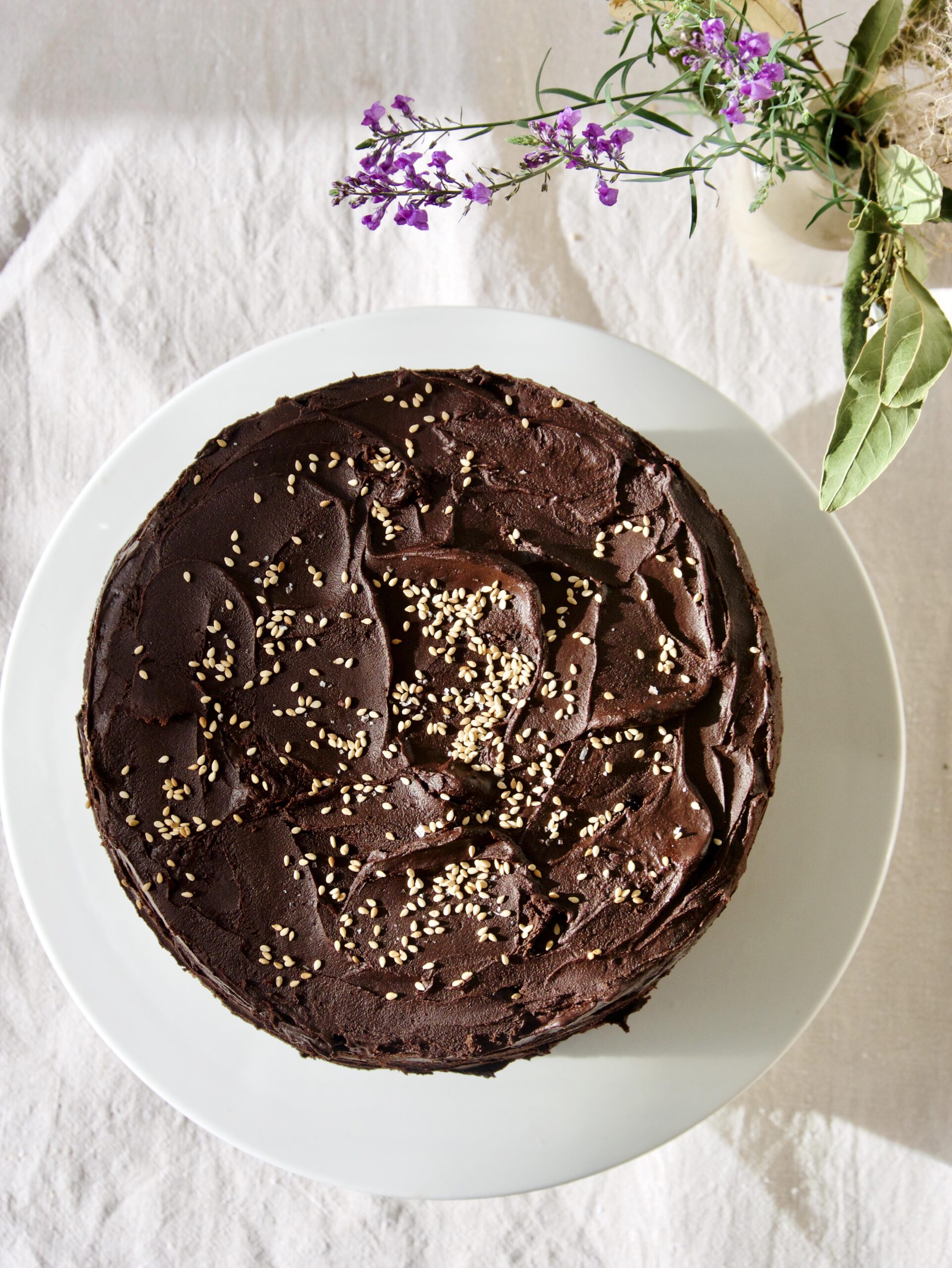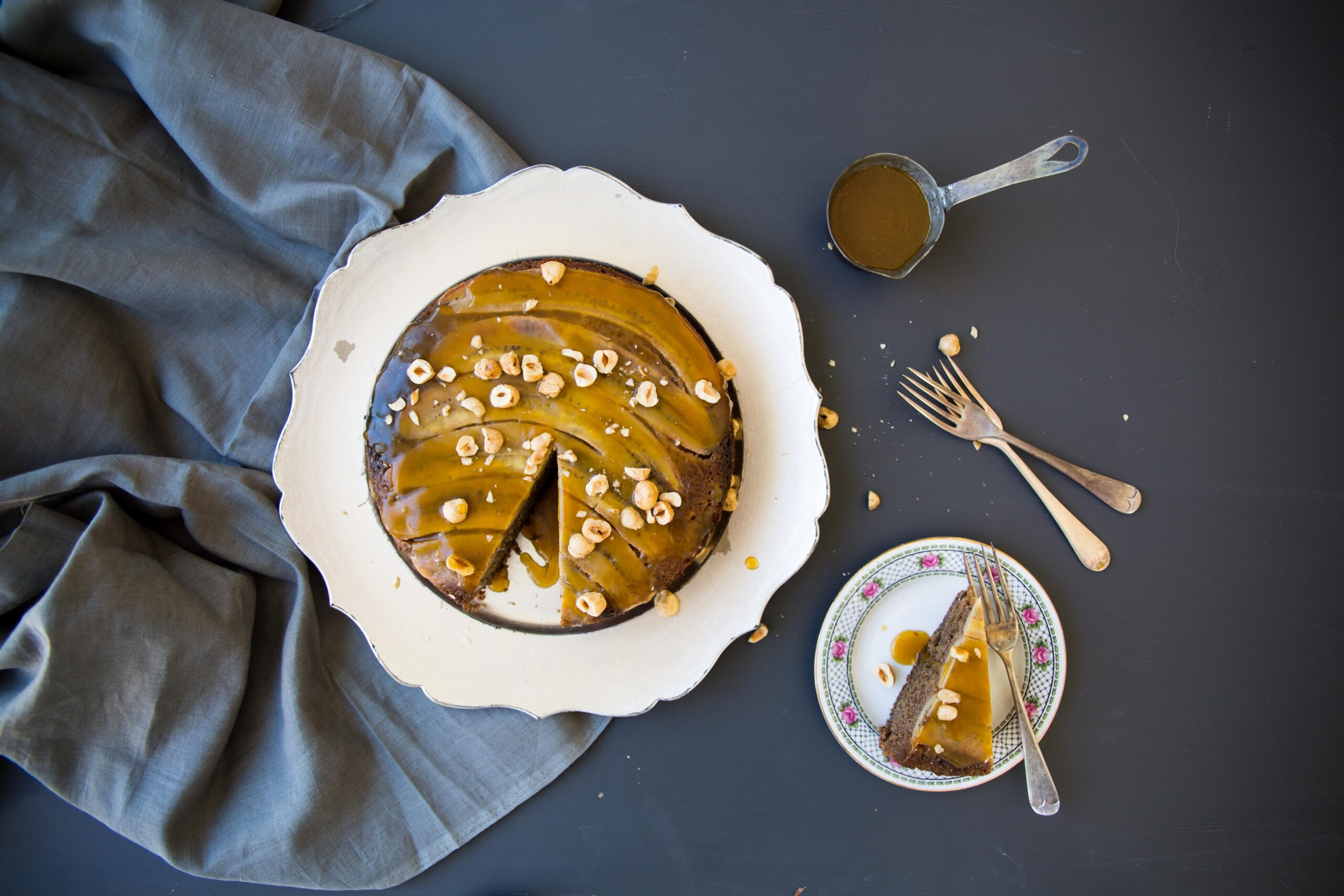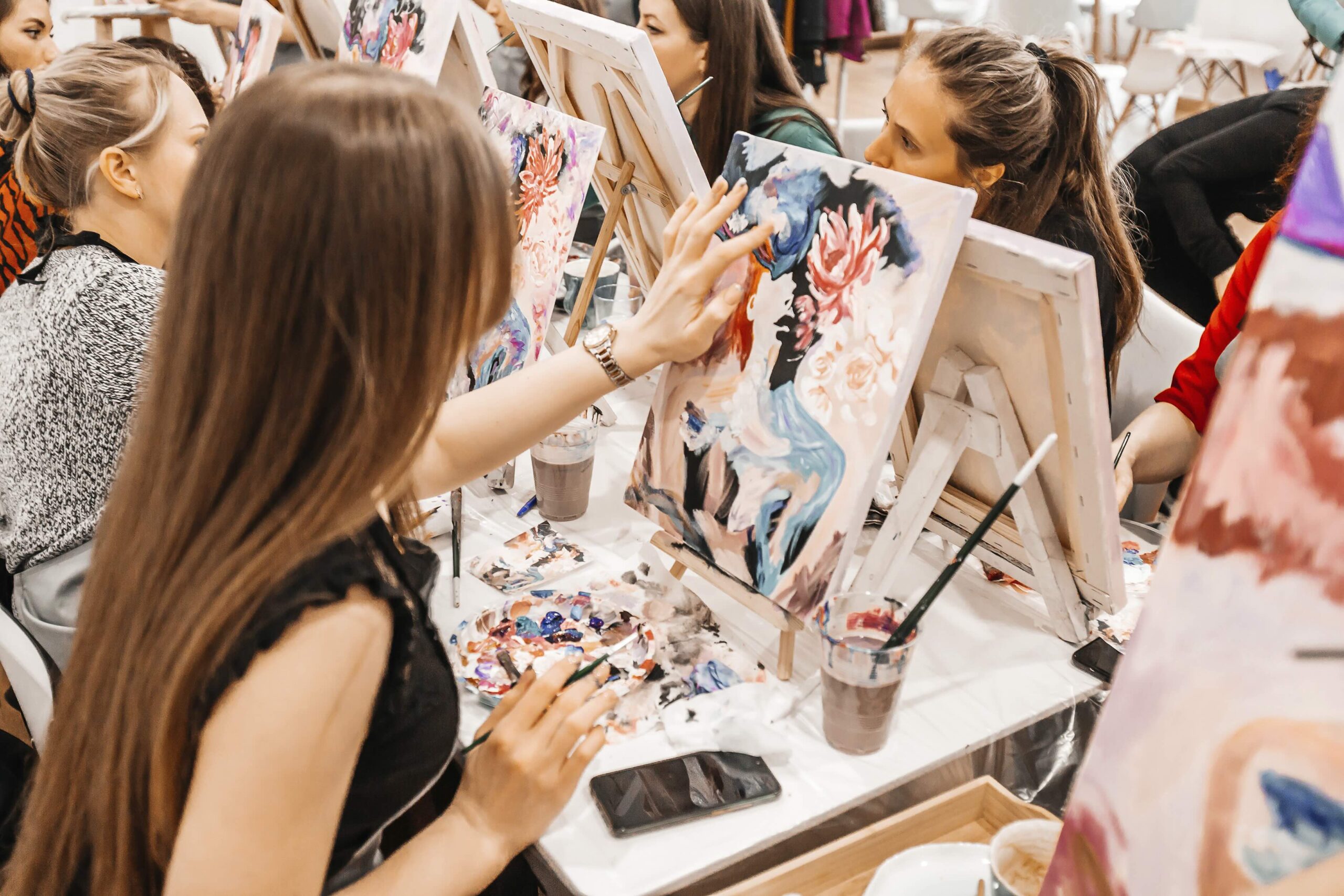Fabian Low is a holistic health practitioner who is passionate about the benefits of tea. We spoke with him about the history and origins of tea and how it helps our wellbeing.
Good: Can you tell us a bit about tea, its origins and where it is today?
Fabian Low: Tea is made from the leaves of the camellia sinensis plant. It’s native to the southern temperate regions of China. The history of tea in this region goes beyond written records dating back 5,000 years. It grew in popularity especially in the third century AD during the Tang Dynasty era where it spread to Japan.
In those days, the leaves were ground and consumed entirely. While the Japanese retained that method of preparation with matcha, the Chinese teas evolved to be enjoyed as infusions. Different regions in China had their history and art of growing, harvesting, drying, cooking, roasting, fermenting, aging and then brewing their local teas. That’s how, even though it’s technically the same plant, we have so many varieties of tea that can look so different from each other. There are currently six main categories of Chinese tea: white, green, oolong, yellow, red and black.
Tea (derived from the Southern Chinese dialect ‘Teh’), gained popularity in the regions surrounding China. The West discovered tea around the 16th century to the Portuguese and then the Dutch. When Catherine of Braganza took her unique beverage of choice to the courts, tea culture in Britain took off within high society. As the demand for tea and other goods rose in the 19th century, traders created a demand in China with opium from India. Opium destabilised and weakened the Chinese social fabric and economy. Meanwhile, tea varieties were taken and cultivated in India for the British market, giving rise to the Darjeeling and Assam tea traditions. Finally after a series of wars, China’s history of Imperial Dynasties came to an end. The Great Qing succumbed to the pressures of the British Government for their demand for tea and colonial power.
Having spread worldwide through the British Empire, today tea is one of the most-consumed beverages globally. Tea is also grown in highland regions from India, Sri Lanka, Kenya, Japan, even South-East Asia, parts of the Middle East, South America and Africa. Taiwan grows unique varieties of tea, which have distinct differences from those from the mainland. New Zealand also hosts its own tea plantation in Hamilton.
The modernization of tea creates a range of markets. Milk bubble tea has caught on with the young and trendy in Asia. In the west, blends are created and perfected with other tisanes like fruit and herb. Tea is served as a complimentary drink at Chinese restaurants.
The popular Cantonese brunch known as ‘yumcha’ literally translates to ‘drink tea’. From my perspective, there is a renaissance in Chinese tea culture. While tea has become part of the social fabric of many cultures, not many go as deep as the Chinese Gong Fu tea culture. Gong Fu means ‘skill’ and the skill of tea extends from the land, to the plant, to the time of harvest, to selection, to curing, to processing, to the teapot, to the water quality, to the brewing technique and finally to your mouth, mind and spirit.
Please explain your connection to tea and explain a bit about tea ceremonies?
Having Singaporean-Chinese roots, tea has always been a part of my life. My ancestry goes back to the southern regions of China where tea is historically grown, harvested and enjoyed. It is an integral part of Chinese culture. Growing up, I have seldom seen my grandfather at home without his favorite tea, which he’ll drink from a soup bowl. He told me that ever since he was diagnosed with diabetes he started drinking Pu-Erh tea. He swore it helped balance out his overbearing love of fatty pork stews. His cardiovascular health wasn’t fantastic due to this diet, and chain-smoking in his younger days. And yet he remained slim and energetic all his life. He passed away at the ripe old age of 92.
As a holistic health practitioner, I started getting interested in geeking out on the health benefits of tea and the mindful aspects of the tea ceremony. The true Chinese tea ceremony is similar to the rituals of the Japanese matcha ceremony. However, it is uncommon in the west. Instead, Gong Fu tea ceremony is more about the art and skill of the brewing technique and less about the rituals. It is less formal and certainly more social, aiming to bring out the best aromas and flavours of the tea for enjoyment. The ceremony itself is more about the action of pouring for, and serving, others — a sign of respect. Chinese people practice the Confucian way by serving their superiors, elders and ancestors. You will witness this practice at meals, business meetings, celebrations, weddings, funerals and ancestral altars.
What do you think is something vital that people get from taking time out with a cup of tea?
Relaxation through mindful brewing and enjoyment.
Tea famously contains caffeine but also contains GABA and L-theanine, which helps calm the body down. Especially true with green teas — hence its popularity and versatility. Traditionally used for meditation, it can keep our minds sharp and alert without the buzzing-out feeling that is common with coffee. While everyone responds differently to tea, most people report that some high-quality tea makes them feel relaxed enough to have a good night’s sleep.
We require a conscious effort to feel relaxed in this busy world. And it starts with taking time out to brew a nice cuppa. Look at it as a necessary form of self care. I believe that brewing mindfully in the Gong Fu style is the only way to get the best from our tea and timeout experience. We need to switch our body from a highly strung ‘fight or flight’ mode to a calming ‘rest and digest’ space. I advocate that becoming your own tea master is the best thing next to sitting meditation. Gong Fu brewing will immerse you deeply in the moment. Your body and your mind will thank you for it. Furthermore, you reward yourself with your favorite tea brewed to absolute perfection. Smile and enjoy!
How does tea enhance a person’s wellbeing?
“Let food (and beverage) be thy medicine”, which is based on Hippocrates’ saying.
Tea was originally consumed as a medicine. In traditional Chinese medicine, medicine is not just to treat symptoms when health gets bad. Rather, because of tea’s even mineral and compound density, it is better suited as a good lifestyle habit. Preventative healthcare is as relevant as mainstream medicine. As the saying goes, “Prevention is better than cure.” This includes enjoying good nutrition and living a healthy lifestyle. Tea is a wonderful beverage that hasn’t been studied extensively in Western medicine, but its benefits have been known for generations in Chinese culture.
From a physical health perspective, tea contains polyphenols, such as catechins, flavonoids, and EGCG, which are scientifically known to have antioxidant properties. It’s the antioxidant qualities that reduce chronic inflammation that could lead to problems like cardiovascular disease, diabetes and possibly cancer. Some darker fermented teas, like ripened Pu-Erh are known to be beneficial for digestion and blood-sugar regulation. These have a way of complementing rich food with its cleansing effect. Many people also claim that it is great for weight loss!
From a social health perspective, tea brings people together. Modern life has left many of us isolated and feeling lonely. As a result, many people turn to their addictions in an attempt to ease the pain. Apart from cafes and bars, there are not many places where people can meet and enjoy a conversation. Cafes don’t operate in the evenings, and not everybody wants to get tipsy! Tea culture can be the alternative — it is a relaxing social lubricant, perfect for the health-conscious person.





